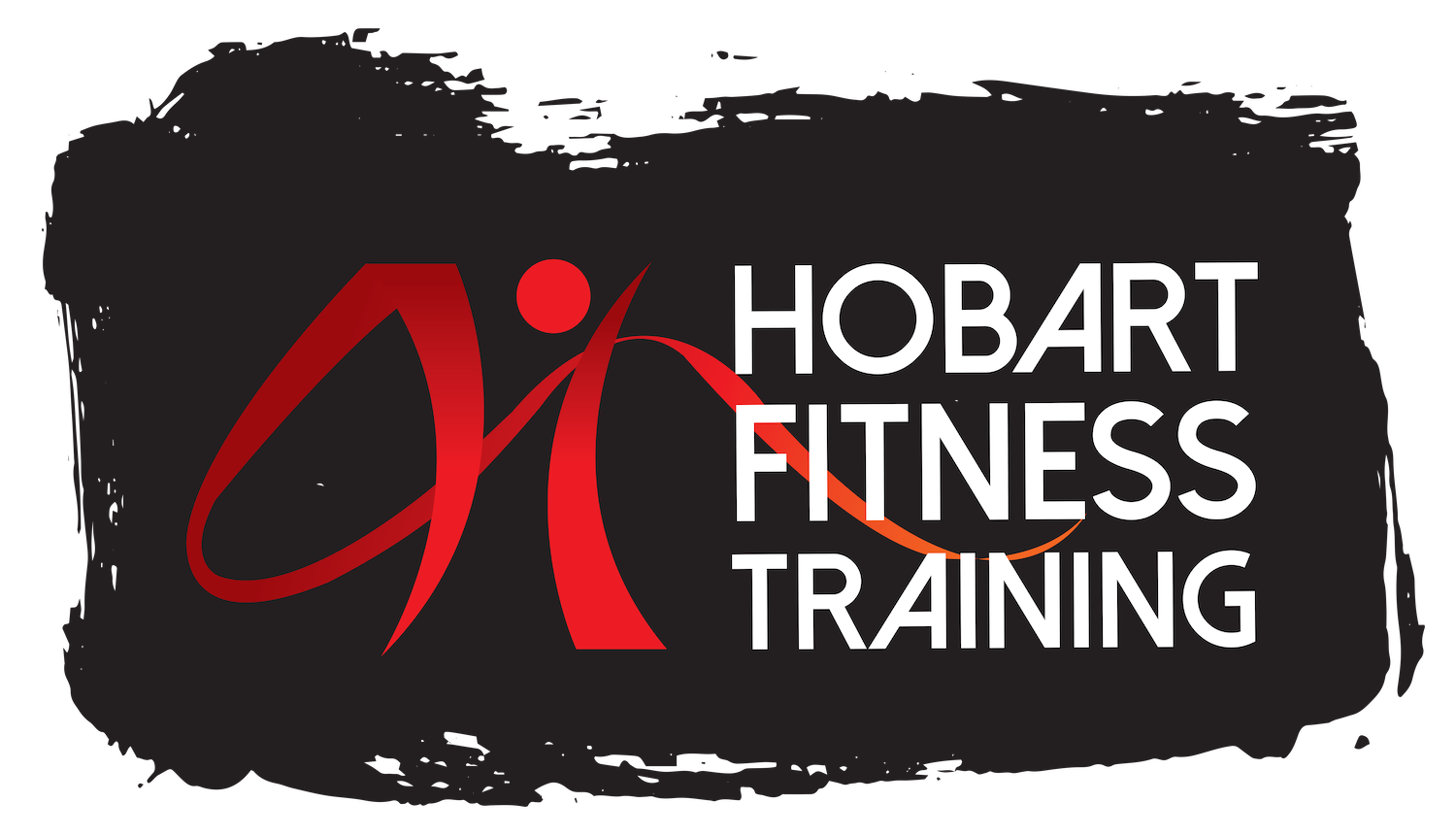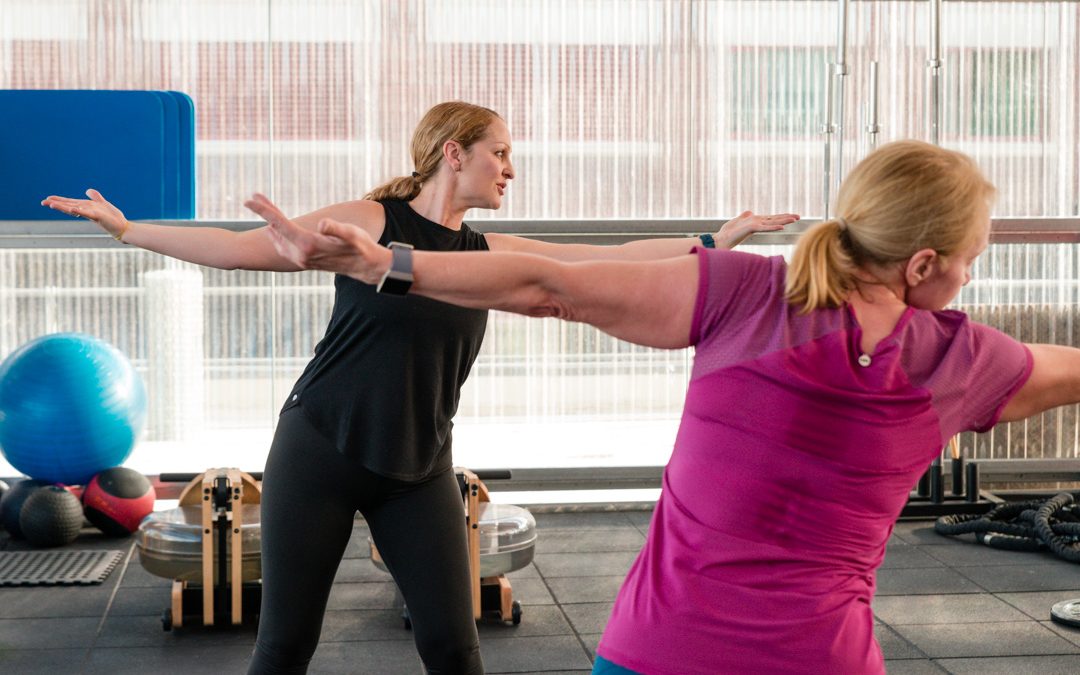By HFT Studio Director, Annalee Brumby
Chatting to my 75 year old mum recently we were lamenting that she finds it hard to turn her body and head to check her blind spot when driving. A bit of an issue when you are in peak hour traffic on the Tasman Bridge! Although a seemingly small issue, it is very common in our populations as we sit so much of the time. It is generally the result of “slump posture”, or hunching, technically known as thoracic hyper kyphosis; which causes weakness in specific postural muscles and restriction through the upper, middle part of our spine. Most of the time, due to our busy, stressful lives, we become unaware that we are slumping.
Maybe you too experience back pain or have noticed a change in how much you can rotate your head and neck to look behind you? So many of us spend much of our waking time in a sitting position: at school, driving a car, watching TV, scrolling on phones, and working at a desk with a computer. Often, and despite our best intentions and ergonomic assessments, our head/neck and sitting position is incorrect, as evidenced by the presence of numerous musculoskeletal pain syndromes.
Several reports confirm that the manner and time spent in a sitting position has extensive implications for our health. Sitting in a slump position changes the way we breathe, significantly increases tension and tightness in the neck, as well as the pectoral (chest) muscles. Excessive neck flexion also reduces lower cervical lordosis (in our lumbar spine) causing a resulting increase in thoracic kyphosis. It’s a bit of a chain reaction! When one part of the spine is restricted, this can cause issues for the entire health of the spine and can even lead to the development of disc herniation over time.

So how much sitting is an issue? Researchers found that sitting for just 1 hour leads to increased spinal stiffness. Thoracic mobility is reduced in individuals who spend more than 7 hours a day sitting and who complete less than 150 minutes of physical activity per week. If you’ve had back issues from sitting yourself, you’ll know that it can have a significant negative effect on your health status, physical activity, and quality of life where pain and dysfunction is present. If you are finding yourself relying on pain medications daily from sitting, consider this your call to action to find a better solution for your health!
The good news is you can treat and correct this in a variety of ways, such as: manual therapy, postural re-education, and therapeutic exercises.
A good massage therapist will help in the interim but will not address and repair the underlying causes. To prevent the onset of symptoms and resulting restriction, exercise therapy is a common practice and specialists typically manage kyphosis abnormality with the prescription of an exercise program. In our experience, a combination of targeted strengthening exercises for the entire spinal column, hips and glute muscles can yield extremely positive results in a relatively short time. We incorporate both a strength and mobility approach using weights, bands, foam rollers and correct muscle activation techniques, aiming to improve muscle tone and overall flexibility.
We would also advocate for individualised programming to eliminate the likelihood of continuing to overuse muscles that are already tight with a generic program; we are aiming to reduce pain, not add to it. Working with a physiotherapist and/or exercise professional is your top priority to set you on the right path.
In addition to a strength program, correct body posture when working at a desk needs to be addressed. There is a need for short breaks during your day, together with relaxation techniques and regular general movement, such as short walks, to prevent increased muscle tension and overloading of the musculoskeletal system.
References
Cepková A, Zemková E, Šooš Ľ, Uvaček M, Muyor JM (2023) Sedentary lifestyle of university students is detrimental to the thoracic spine in men and to the lumbar spine in women. PLoS ONE 18(12): e0288553. https://doi.org/10.1371/journal.pone.0288553
Szczygieł E, Zielonka K, Mętel S, Golec J. Musculo-skeletal and pulmonary effects of sitting position – a systematic review. Ann Agric Environ Med. 2017; 24(1): 8–12. doi: 10.5604/12321966.1227647
Tarasi Z, Rajabi R, Minoonejad H, Shahrbanian S. The Effect of Spine Strengthening Exercises and Posture Training on Functional Thoracic Hyper Kyphosis in Young Individuals. J Adv Med Biomed Res 2019; 27 (121) :23-31
URL: http://journal.zums.ac.ir/article-1-4999-en.html


Recent Comments